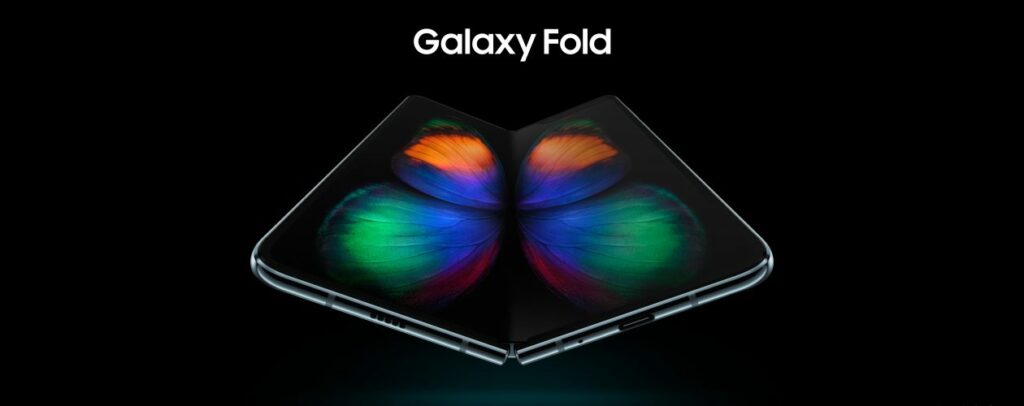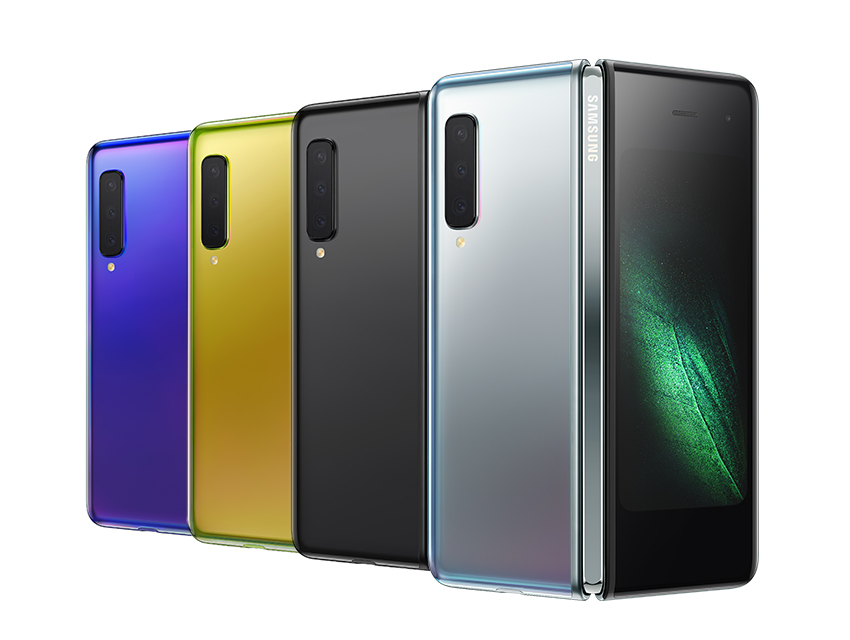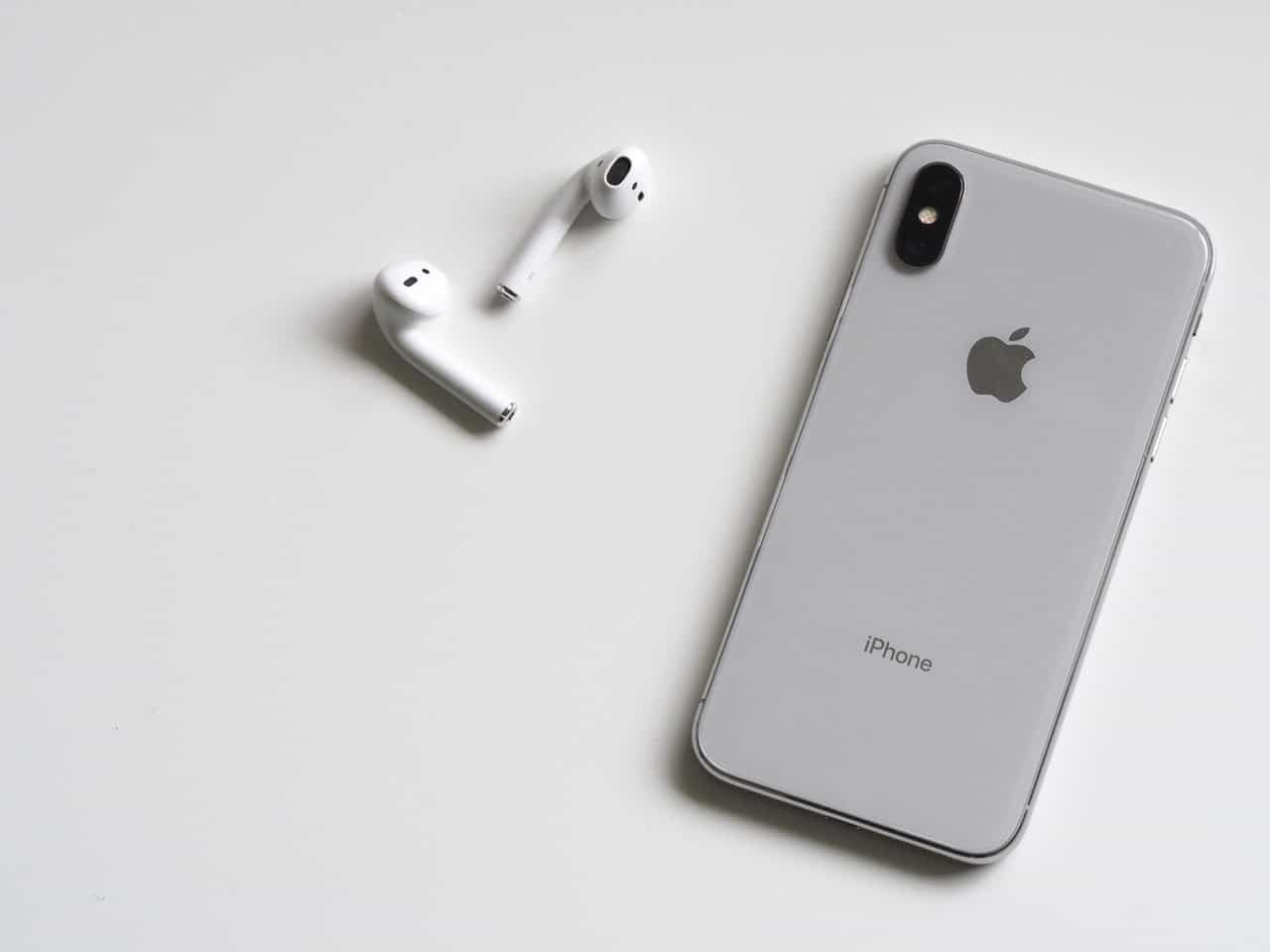Samsung‘s radically interesting foldable phone, the Galaxy Fold, is now on sale. It’s the right time to wonder and ask, what does the Samsung Galaxy Fold portend for Smartphone Innovation? What will be the key innovations in device form factors that we would see going forward?

Key Specs
The Samsung Galaxy Fold comes with three screens. The first is a small, 4.6-inch Super AMOLED screen (840 x 1960). It is surrounded by thick bezels. When the Fold is opened like a book, we get the show-stealer, what Samsung terms it as Infinity Flex Display. This is a 7.3-inch QXGA+ Dynamic AMOLED screen (1536 x 2152), which comes with bonded layers of polymer material.
The Galaxy Fold shares similar specs to that which debuted in the Samsung Galaxy S10 Plus. Think, Qualcomm Snapdragon 855 processor, 12GB of RAM, 512GB of storage, with a 4380mAh battery.
Availability
AT&T began accepting pre-orders for the Galaxy Fold on its website. The Galaxy Fold is anticipated to ship on Thursday, April 25, and will be available for purchase in the carrier’s stores on Friday, April 26. A week earlier, T-Mobile announced that the Galaxy Fold will be made available in its offline channels as well as on online platforms from April 26 and is not offering pre-orders.

Pricing
Samsung’s pricing strategy for the Galaxy Fold is interesting. While many may argue that the Fold’s price would act as a barrier, I believe Samsung is right in positioning the device uber-premium at $1980. At this price-point, Samsung is not necessarily looking at hefty profits. Rather, much of the device sales of the device would plough back into the rather, expensive, complicated and challenging manufacturing process. At its price-point and given its positioning, the Galaxy Fold would attract the early technology adopters with its unique and bespoke device experience. Once technology adoption sees some spike with increasing volumes, and with maturity in manufacturing process, one can anticipate costs to go down.
Foldable Devices: Way Forward
Beyond Samsung and Huawei, many other companies are also testing the waters with their foldable phone designs. The folding mechanism of the foldable phone itself is going through experimentation. Yet, it is prudent to note that while the initial wave of foldable devices are not in their final form, they are all interesting and, to some extent, mature first-generation device. Yes its true that the folding mechanism on the Galaxy Fold makes the device fatter than most smartphones in the market. Over the next few iterative cycles, we would see the evolution of new use cases and feedback from early adopters driving further product development.
Beyond phones, the evolution and maturity of the manufacturing process for the foldable device would also see larger screen sizes coming into play. Tablets, as a market, are on decline. The new foldable devices would further eat into their pie.
In Conclusion
All said, the Galaxy Fold represents a pivotal moment in the history of smartphone device innovation. For all we know, the Fold could be as historic as the decisive Apple iPhone that kicked-off many iterative smartphone innovation cycles, or as short-lived an event as the Palm Treo.
Yet, make no mistake.
The Fold is special. And, it is full of potential.



